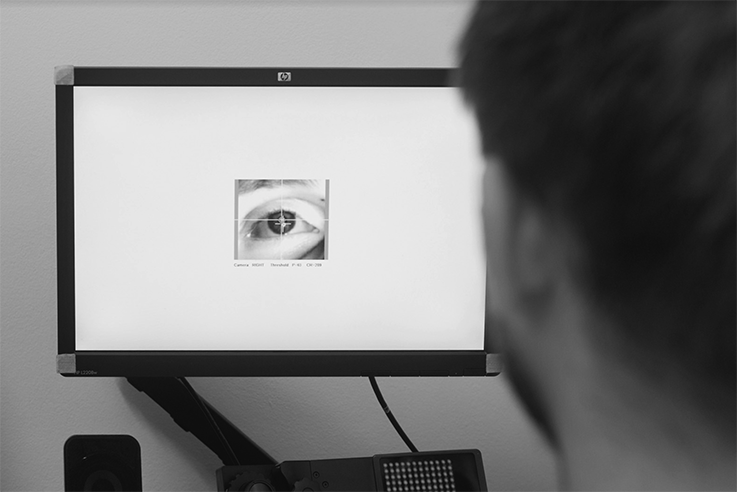Jan Novák MA
*1989, Prague
Jan Novák (1989) graduated at the Academy of Arts, Architecture and Design in Prague with his Pater Project (2015), and has also studied at the Zürcher Hochschule der Künste in Switzerland. He holds the Arne Sáňka Award (The Most Beautiful Czech Books 2009) for the Gamebook book and the Czech Centres Award from the Brno Biennial for his Falster Grotesk. He cooperated with Filip Kraus on the visual style of the MeetFactory cultural centre and with the Okolo group on typefaces for their annual magazine. He worked at Sagmeister’s studio in NY and Haw-Lin studio in Berlin. In 2023 Jan co-founded the international type foundry AllCaps, which publishes research-based typeface projects. His work was published on servers such as Ligature, It’s Nice That and The Brand Identity. Jan has also led types design workshops at the Academy of Art the Western Bohemia University, Pilsen, Czech Republic and Hochschule der Künste Bern HKB, Switzerland.
The Limits of Legibility of Latin Script in the Third Millennium
In my Ph.D. studies, I am researching the legibility of Latin script in a globalised world where this writing system has become a universal communication code across cultures. For the majority of the planet's inhabitants, the Latin script is not their mother tongue, yet they use it to a greater or lesser extent throughout their lives. Reading from the pages of a paper book is becoming a rarity for most of society, but in reality, we are reading in fragments more and more at every turn. Reading disorders such as dyslexia are increasingly common in children, and the awareness of the interconnectedness of the characters read with the calligraphic tradition is becoming more and more distant from the average consumer. In spite of all this, the Latin alphabets still have the same canon with minimal variations in proportion, drawing or construction. I examine the morphology of classical fonts, and current "fashionable" tendencies, to see which characteristics are key to legibility. As part of my research, I design experimental alphabets and character variations and collaborate with experts in the field of neuroscience to validate them quantitatively.
